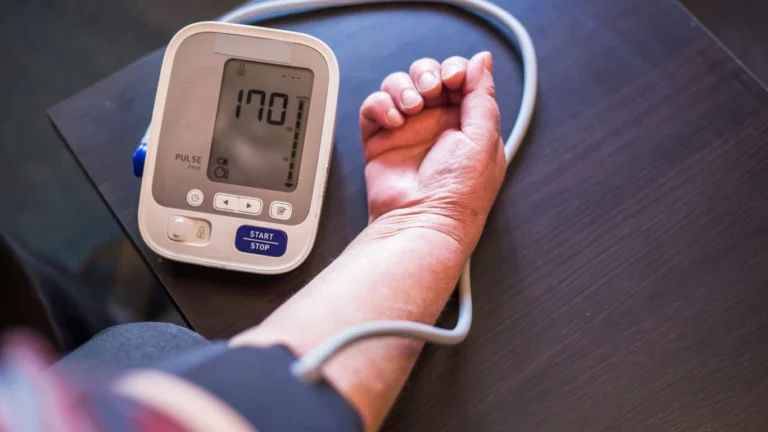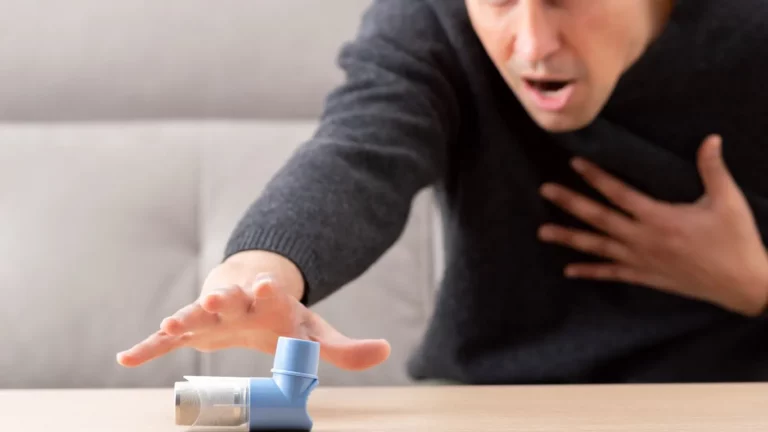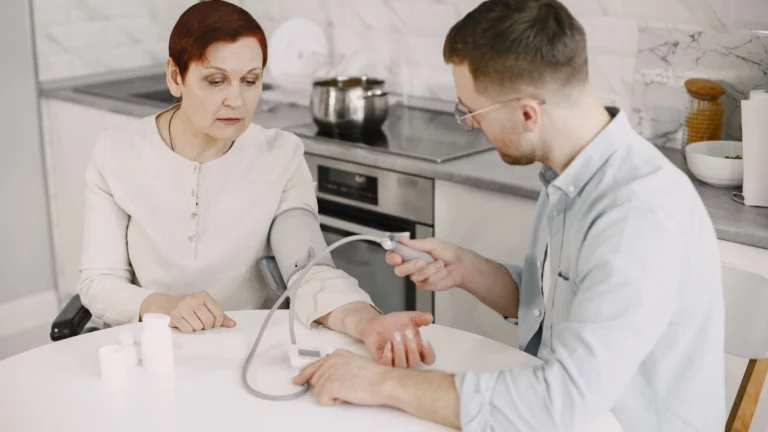Best Home Workouts for Joint Health with Rheumatoid Arthritis Relief
Living with rheumatoid arthritis sometimes feels like you’re carrying an invisible weight that just won’t let up. As a Rheumatology Nurse Practitioner, I’ve walked alongside countless patients trying to reclaim their movement and independence. One thing I get asked a lot? “What are the best home workouts for joint health when you have rheumatoid arthritis?” And honestly, it’s a fantastic question. Finding ways to stay active without overloading your joints can make a world of difference. Today, I’m going to walk you through practical, real-world advice on how you can keep your joints happy and healthy from the comfort of your own home — because, let’s face it, no one wants to hurt themselves trying to feel better!
Understanding Rheumatoid Arthritis and Why Gentle Movement Matters
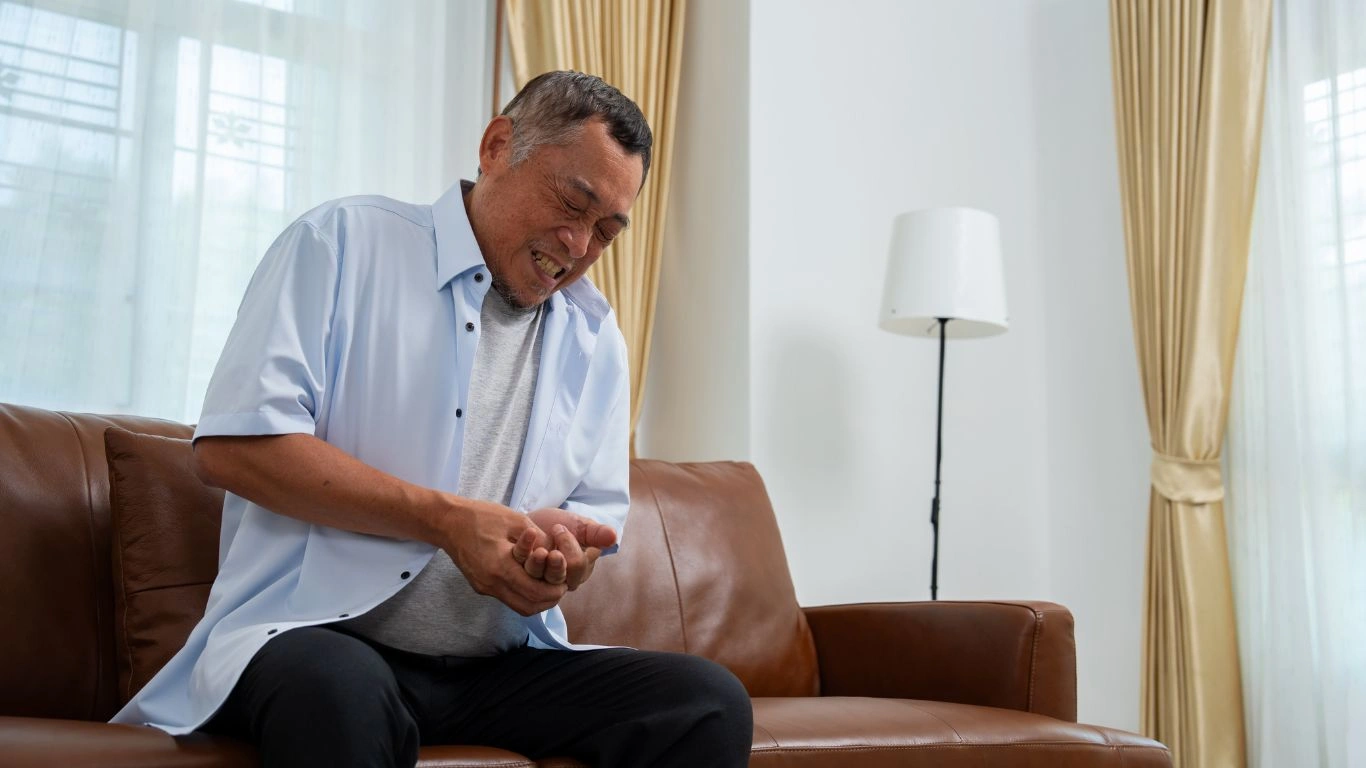
First off, let’s break it down simply. Rheumatoid arthritis (RA) isn’t just “achy joints” — it’s a full-on autoimmune battle happening inside your body. Your immune system, which is supposed to protect you, mistakenly attacks the lining of your joints. This leads to inflammation, swelling, stiffness, and over time, potential joint damage.
When you’re dealing with RA, movement becomes both medicine and challenge. Some days, even thinking about exercise feels overwhelming — and believe me, I completely understand. But staying still can actually make things worse. Joints love gentle movement; it nourishes them, strengthens the muscles around them, and keeps you flexible. Think of it like oiling a squeaky hinge.
How the Right Home Workouts Can Transform Joint Health

I always tell my patients that you don’t need fancy equipment or a gym membership to start improving your joint health. In fact, some of the best home workouts for joint health when living with rheumatoid arthritis are simple, low-impact, and easy to weave into your daily routine.
Benefits of Home Workouts for RA
- Improved flexibility: Gentle stretching keeps joints loose and reduces stiffness.
- Increased muscle strength: Supporting muscles take pressure off your joints.
- Better mood: Exercise releases endorphins, helping fight off RA-related depression and anxiety.
- Reduced inflammation: Regular movement can help manage systemic inflammation over time.
From my experience, many people feel more empowered when they have a “toolbox” of easy, go-to exercises they can do even on bad days. I’ll share some of my favorite routines a little later!
Setting Yourself Up for Success: Tips Before You Start
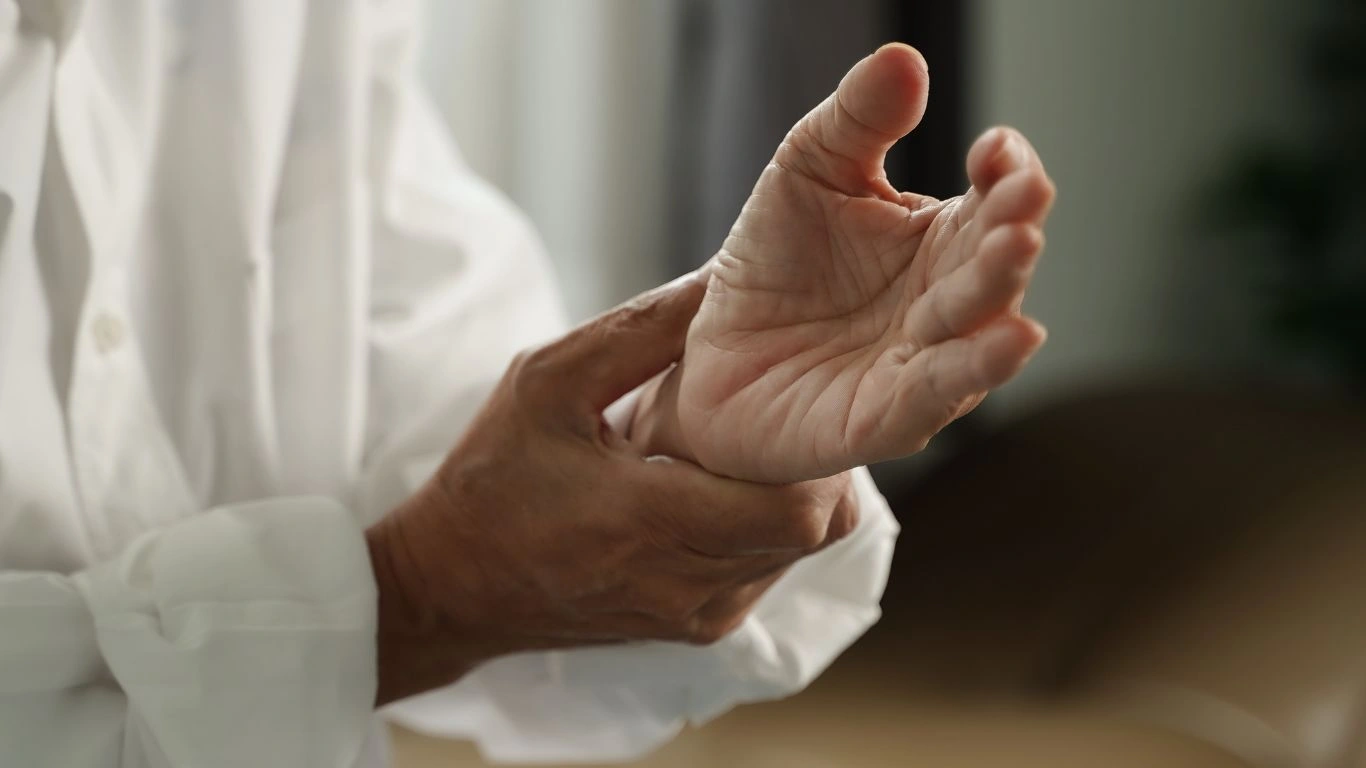
Before jumping into a new workout, it’s crucial to prep your body — and mind — properly. Here are a few steps I always recommend to my patients:
Check In With Your Care Team
Always touch base with your rheumatologist, primary care provider, or physical therapist before starting a new exercise plan. They can offer personalized tips based on your current joint status and any medications you’re on.
Warm Up Gently
Never skip your warm-up! This doesn’t have to be anything intense. Even five minutes of arm circles, gentle leg swings, or slow marches in place can warm up your muscles and get your joints ready to move. I usually recommend focusing on:
- Neck rolls and shoulder shrugs
- Wrist and ankle circles
- Slow, seated toe taps
These tiny movements can be a total game-changer if you’re starting out stiff or swollen.
Listen to Your Body
This one’s huge. There’s a fine line between challenging yourself and pushing too hard. If an exercise causes sharp pain, grinding, or swelling, stop immediately. A little soreness afterward can be normal, but pain during the movement is your body waving a red flag.
Start Slow and Build Gradually
In my clinic, I often remind patients: “You’re running a marathon, not a sprint.” With RA, slow and steady wins the race. Start with short sessions — maybe 5 to 10 minutes — and gradually work up as your strength and stamina improve.
Coming up next, I’ll dive into my go-to workout routines that have helped so many people feel stronger, looser, and more confident at home. Trust me, if you can breathe, you can do these — no yoga pretzels required!
Best Home Workouts for Joint Health with Rheumatoid Arthritis
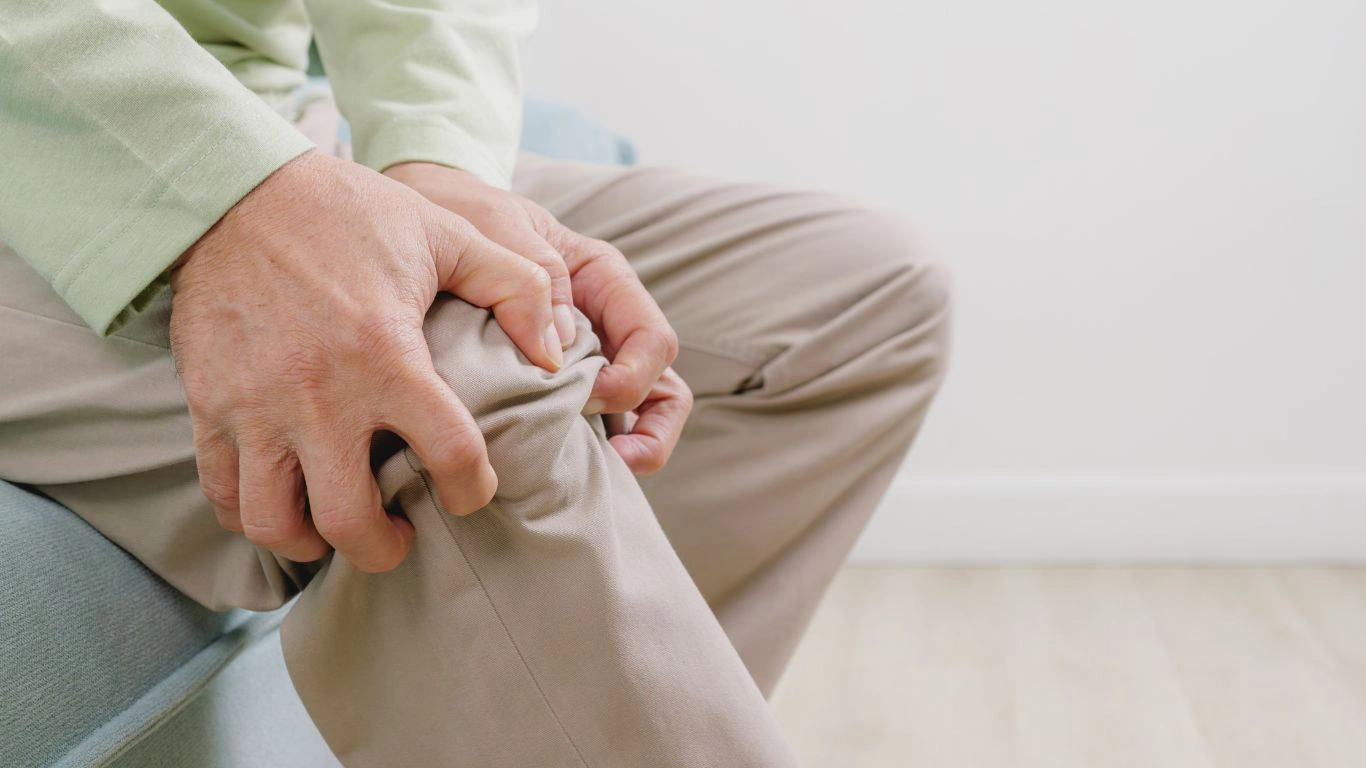
Alright, let’s get into the juicy part — the actual workouts you can do right from your living room, kitchen, backyard, wherever you have a little bit of space. I always tell my patients that the best home workouts for joint health when you have rheumatoid arthritis are ones that feel good, not ones that leave you feeling wrecked afterward.
Remember, it’s not about “no pain, no gain” here. It’s about “move smart, feel better.”
1. Gentle Stretching Routine
Stretching is honestly one of the best gifts you can give your joints daily. It helps fight off that morning stiffness that RA loves to bring. Here’s a super simple routine I often recommend:
- Neck stretches: Tilt your head side to side, forward and back, holding each stretch for about 10-15 seconds.
- Shoulder rolls: Circle your shoulders forward and backward to loosen up tension.
- Wrist stretches: Gently pull back on your fingers to stretch your wrists, then make slow circles.
- Seated hamstring stretch: Sit on the edge of a sturdy chair, extend one leg, and lean forward slightly with a straight back.
Take it slow, breathe through the movements, and listen to how your body responds. Some days you might feel more flexible than others — and that’s perfectly normal!
2. Chair Yoga Flow
Now, if you think yoga isn’t for you, think again. Chair yoga can be a total game changer, especially if you’re flaring or just need extra support. It’s low-impact, easy to modify, and honestly, it feels pretty amazing after a long day.
- Seated cat-cow stretches: Inhale arching your back, lifting your chest; exhale rounding your spine, tucking your chin.
- Seated spinal twist: Sit tall, twist gently to one side, holding onto the chair for support.
- Seated side stretches: Reach one arm overhead and lean to the opposite side, feeling a nice stretch along your ribs and hip.
It’s honestly like a massage for your joints — just without the hefty price tag!
Simple Strength Training to Support Your Joints
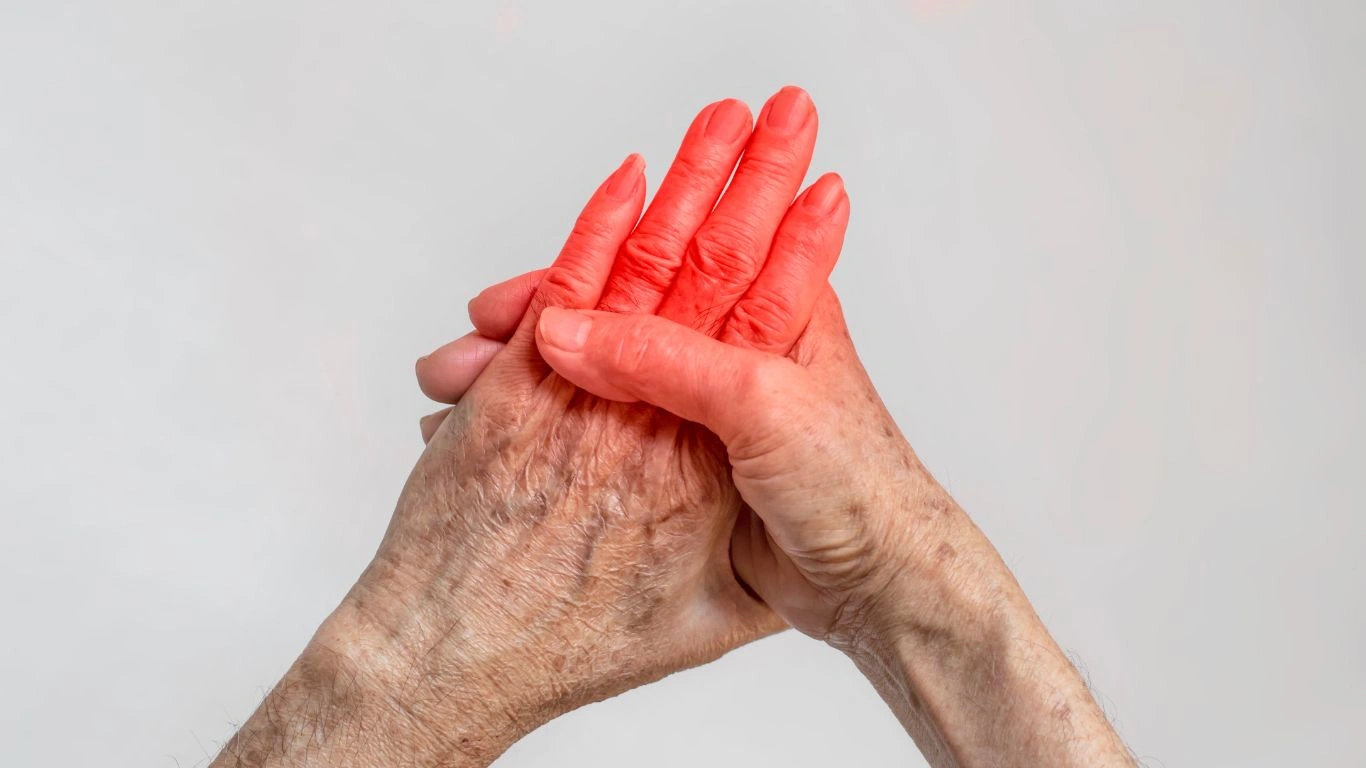
Many people living with RA shy away from strength training because they’re worried about hurting themselves. Totally understandable — but here’s the deal: building even a little bit of muscle can dramatically take pressure off your joints. Think of muscles as your joints’ best friends, giving them extra support.
Bodyweight Exercises You Can Start Today
- Wall push-ups: Stand facing a wall, arms outstretched, and slowly bend your elbows bringing your body towards the wall, then push back. Great for wrists and shoulders without stressing them out.
- Seated leg lifts: While sitting in a sturdy chair, lift one leg at a time, hold for a few seconds, then lower slowly. Strengthens your quads and hips — both super important for knee stability.
- Resistance band rows: If you have a light resistance band, loop it around something sturdy, hold the ends, and pull back squeezing your shoulder blades together. Builds back and shoulder strength gently.
I usually suggest starting with just one set of 8-10 reps, and working up from there. And hey, if all you can manage is 5 reps today, that’s still a win. Seriously.
Using Light Weights Safely
If you’re ready for a little more challenge, light dumbbells (even soup cans work!) can add a nice boost. Focus on exercises like:
- Bicep curls
- Overhead presses (only if your shoulders feel good)
- Side arm raises
Always prioritize slow, controlled movements over speed. Rushing through can set you up for injuries, which is the last thing we want when you’re working so hard!
Low-Impact Cardio Ideas for Rheumatoid Arthritis

We can’t forget about cardiovascular health — it’s just as important, especially because RA can slightly raise the risk of heart disease. But don’t worry, you don’t have to go running marathons (unless you really want to, in which case, more power to you!).
Joint-Friendly Cardio Options
- Walking: Hands down, one of the best exercises. You can go at your own pace, use supportive shoes, and even add walking poles if you need extra balance support.
- Stationary biking: Great for the knees and hips, and easy to modify resistance levels.
- Swimming or water aerobics: Total-body movement with almost zero joint stress — feels amazing, especially during flares.
If you’re new to cardio, aim for short 5-10 minute bursts and gradually build your endurance. I often encourage my patients to think of movement like medicine: a little every day goes a long, long way.
Honestly, one of my favorite moments is seeing someone who thought they’d “never exercise again” smiling after a 10-minute walk around the block. It’s powerful stuff.
Weekly Home Workout Plan for Rheumatoid Arthritis

Let’s be real — staying consistent is one of the biggest hurdles when it comes to exercise, especially when you’re dealing with rheumatoid arthritis. Flare-ups, fatigue, life… it all gets in the way sometimes. That’s totally okay. But having a flexible plan in place can make it easier to stay on track without burning yourself out.
I usually encourage my patients to follow a routine that balances stretching, strength, and cardio across the week — with plenty of rest in between. Here’s a sample weekly home workout schedule that works well for many people living with RA:
Sample Weekly Joint-Friendly Workout Schedule
- Monday: 15 minutes of gentle stretching + short walk (5–10 minutes)
- Tuesday: Chair yoga session + resistance band exercises (1 set each)
- Wednesday: Rest or light movement (breathing exercises, short stroll)
- Thursday: Strength training (bodyweight or light weights, 2 sets)
- Friday: Seated cardio or stationary bike (10–15 minutes)
- Saturday: Full-body gentle stretch + walking
- Sunday: Rest or restorative yoga
Tip: Don’t be afraid to move things around. If a flare hits or you’re just not feeling it, it’s okay to scale back. Progress isn’t linear — but consistency over time really adds up.
Biggest Mistakes to Avoid with RA Home Workouts
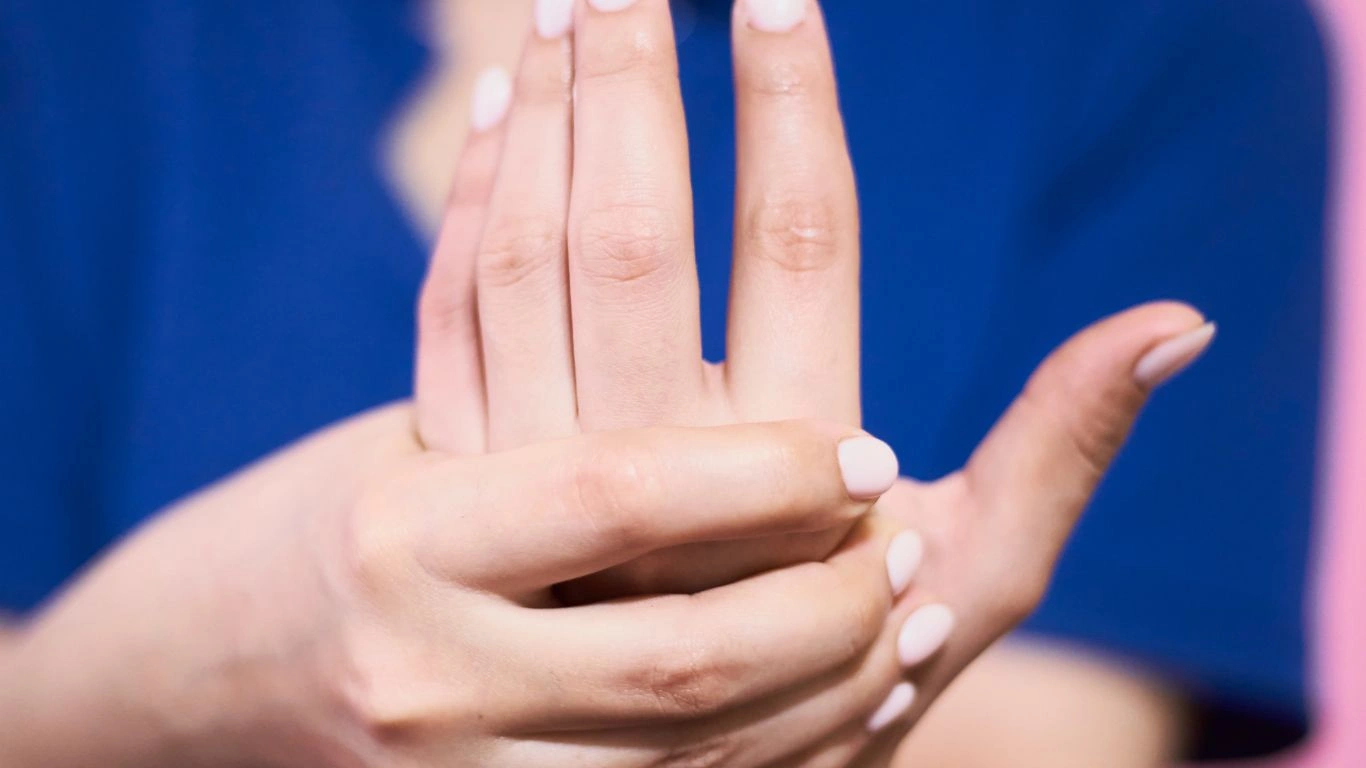
Over the years, I’ve seen a few common pitfalls that can derail even the most motivated RA warriors. Knowing what not to do is just as important as knowing what to do. Here’s a quick rundown of what to watch out for:
Skipping Warm-Ups or Cool-Downs
It may seem like an extra step, but warming up and cooling down are essential. Without them, your joints are more likely to get stiff, sore, or even injured. Just 5 minutes on each end can make all the difference.
Pushing Through Pain
This one’s huge. There’s a difference between feeling your muscles working and feeling joint pain. Pain — especially sharp or grinding sensations — is your cue to stop immediately. It’s never worth risking a flare just to get through a set.
Doing Too Much Too Soon
We all want fast results, but trying to go from zero to sixty overnight often backfires. Start small, give yourself grace, and focus on sustainable consistency rather than intensity.
Neglecting the Rest of Your Body
When joints hurt, it’s easy to overcompensate with other body parts — which can lead to imbalances. Make sure you’re still giving love to your spine, shoulders, and core. They’re key to overall stability and function.
Tools and Resources That Make a Difference
You don’t need a home gym or expensive equipment to make serious progress — but having a few handy tools can really enhance your experience and comfort.
Helpful Equipment for RA-Friendly Workouts
- Resistance bands: Gentle, portable, and perfect for low-impact strength training
- Supportive chair: Use one with a firm base and back for seated exercises
- Yoga blocks or bolsters: Great for stability and support during stretching or yoga
- Soft-grip dumbbells: Easier to hold if your hands or wrists are affected by RA
- Moist heat pack: Warm joints up before a session — especially helpful during colder months
Bonus tip from the clinic: I always recommend keeping a workout journal — even if it’s just jotting down how you felt afterward. It’s a great way to track progress and notice patterns during flares or fatigue.
Staying Motivated When RA Tries to Knock You Off Track
Some days will be easier than others, and honestly, that’s just part of living with RA. What matters is that you keep showing up for yourself in whatever way you can.
When motivation dips — and trust me, it will — here are a few things that have helped both me and my patients stay committed:
- Set small, realistic goals: Like “stretch for 5 minutes” or “walk to the mailbox and back.”
- Celebrate tiny wins: Even if you just put on your workout clothes. That counts!
- Track how movement impacts your pain or mood: Many people notice they feel looser and less achy afterward.
- Join online support groups or follow RA fitness communities: There’s something powerful about knowing you’re not in it alone.
Personally, I get the most joy hearing patients say things like, “I did that stretch today and my knees didn’t scream at me afterward!” Little things like that? They’re everything.
References
Disclaimer
This article is for informational purposes only and is not intended to substitute for professional medical advice, diagnosis, or treatment. Always consult your rheumatologist, physician, or healthcare provider before starting any new exercise program, especially if you have an autoimmune condition like rheumatoid arthritis.

Tarra Nugroho is a dedicated Nurse Practitioner with a strong foundation in family and preventive care. She brings both compassion and clinical expertise to her practice, focusing on patient-centered care and health education. As a contributor to Healthusias.com, Tarra translates medical knowledge into clear, empowering articles on topics like women’s health, chronic disease management, and lifestyle medicine. Her mission is simple: help people feel seen, heard, and informed—both in the clinic and through the content she creates. When she’s not caring for patients, Tarra enjoys weekend hikes, plant-based cooking, and curling up with a good health podcast.

